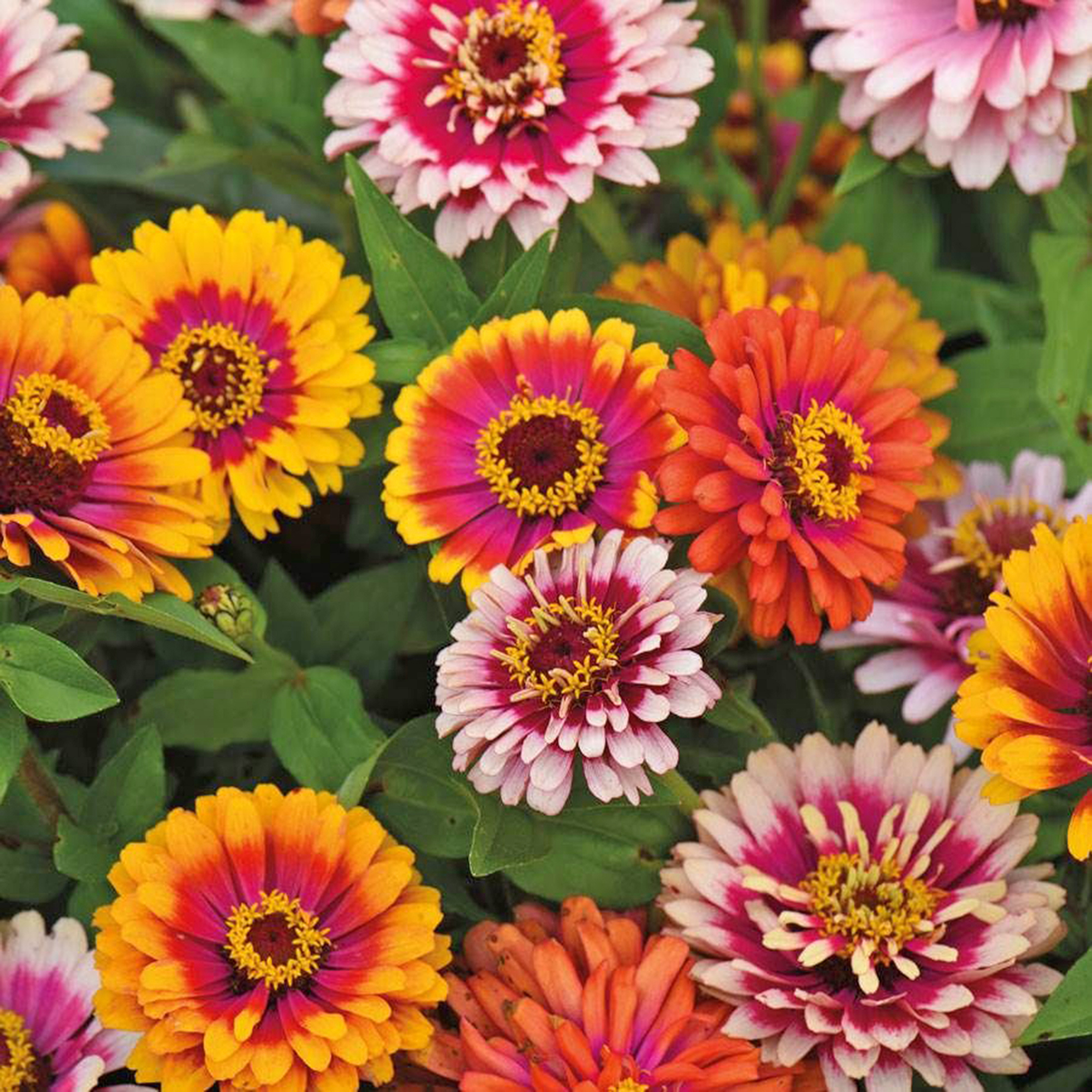8 Flower Seeds To Start In January For The Most Glorious Garden This Year
Spending some time with a few seed packets now will bring joy to dreary winter days and ensure your most vibrant garden in spring and summer.


January might seem like an unlikely time to begin a flower garden, yet there’s real excitement in sowing seeds when the days are still short and cold. It’s a wonderful way of looking ahead to brighter, warmer seasons and bursting winter blues by dreaming of the beautiful blooms that will greet you once spring and summer finally arrive.
In addition, planting seeds in January enables you to have the longest possible flowering season, giving plants a great headstart, so they are raring to go as soon as the last frosts are over. This early attention often leads to stronger, more resilient plants.
Starting seeds indoors is the best option for gardeners in cooler USDA zones prone to frosts and snow. Make use of sunny windowsills or use grow lights to provide the right conditions. Those in milder climates – and gardeners with a cold frame or greenhouse – may be able to direct sow seeds outside, but it’s always wise to check your local forecast and zone guidelines before you begin.
1. Sweet Peas
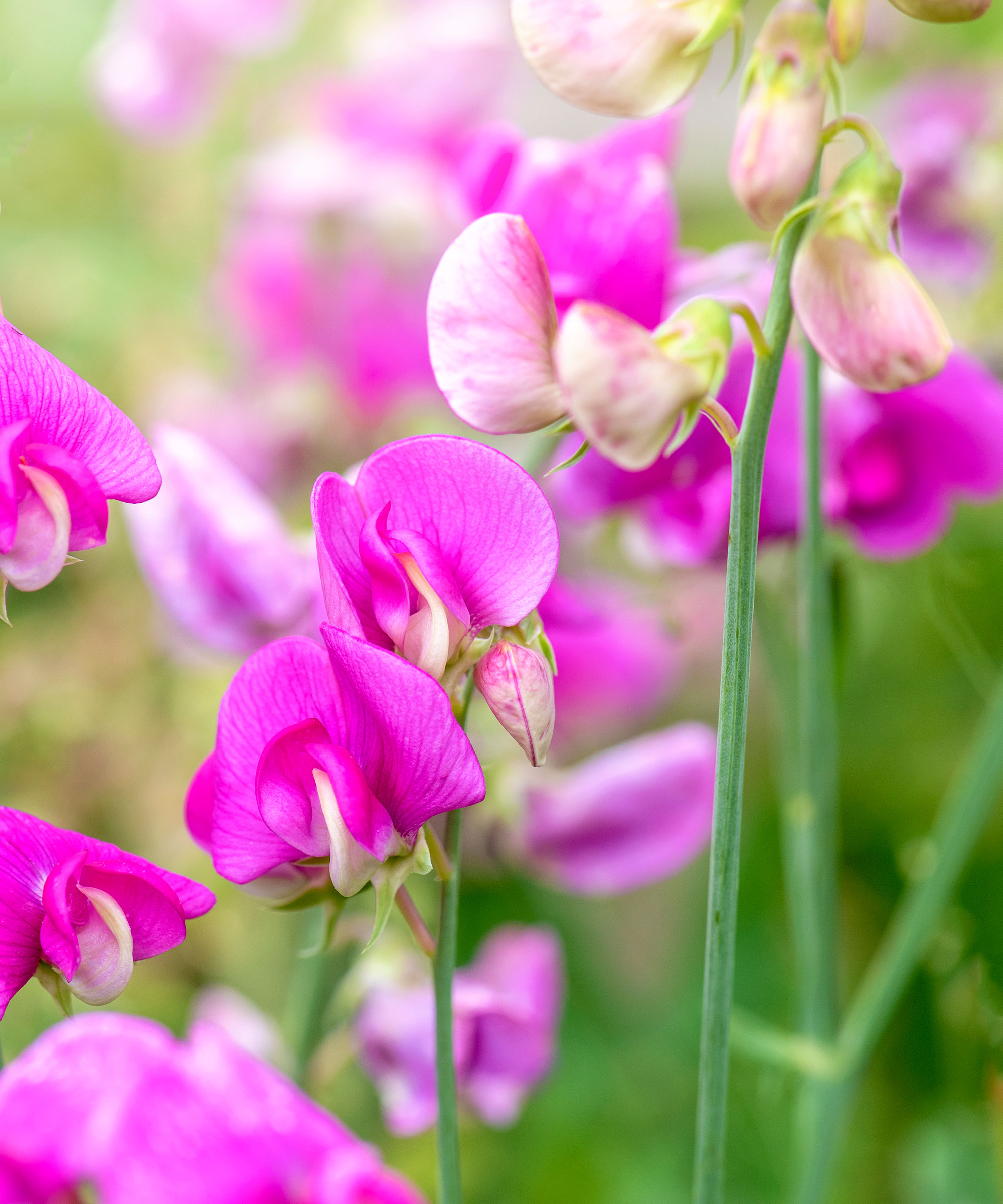
With their ruffled petals and heavenly perfume that fills the air with the scent of summer, sweet peas make a delightful start to your growing year.
If you’re in USDA zones 7 to 9, you may be able to sow them directly outside, but colder areas usually have better luck starting seeds indoors in January. Soaking the seeds overnight in water helps soften their shells, which encourages quicker germination.
Fill seed trays with a light, well-draining potting mix, then push each seed about half an inch into the soil. Keep things evenly moist – but not soggy – and give them good light by positioning them near a window or using grow lights.
You should see sprouts within a week or two. From there, plan on giving them roughly 10 to 12 weeks before moving them to the garden only once the ground is workable and frost risks are low.
Sign up for the Gardening Know How newsletter today and receive a free copy of our e-book "How to Grow Delicious Tomatoes".
When seedlings have reached 4 to 8 inches (10 to 20cm) high, you can pinch sweet peas to produce fuller plants.
2. Petunias

Petunias are prized for their cheerful trumpet-shaped blossoms, which come in a wide range of colors: from soft pinks and lilacs to rich purples and brilliant reds. The flowers bloom from late spring until the first frosts in fall, and exude a light, sweet fragrance.
These E3 Easy Wave Yellow petunias, available in the Gardening Know How Shop, are a particularly joyful variety that is easy to care for.
Though petunias can handle milder climates, they still need some cozy time to germinate and grow before moving outside. Place the tiny seeds right on top of moistened potting mix, since they need light in order to sprout. After about a week or two, you’ll spot the first delicate seedlings peeking through. From that point, plan on roughly ten weeks before they’ll be strong enough to live outdoors.
Keep your young plants near a bright window or under grow lights, and remember to water them regularly. Once the soil warms up in spring and frosty nights are behind you, you can plant these versatile beauties in beds, borders, pots, and hanging baskets.
3. Geraniums
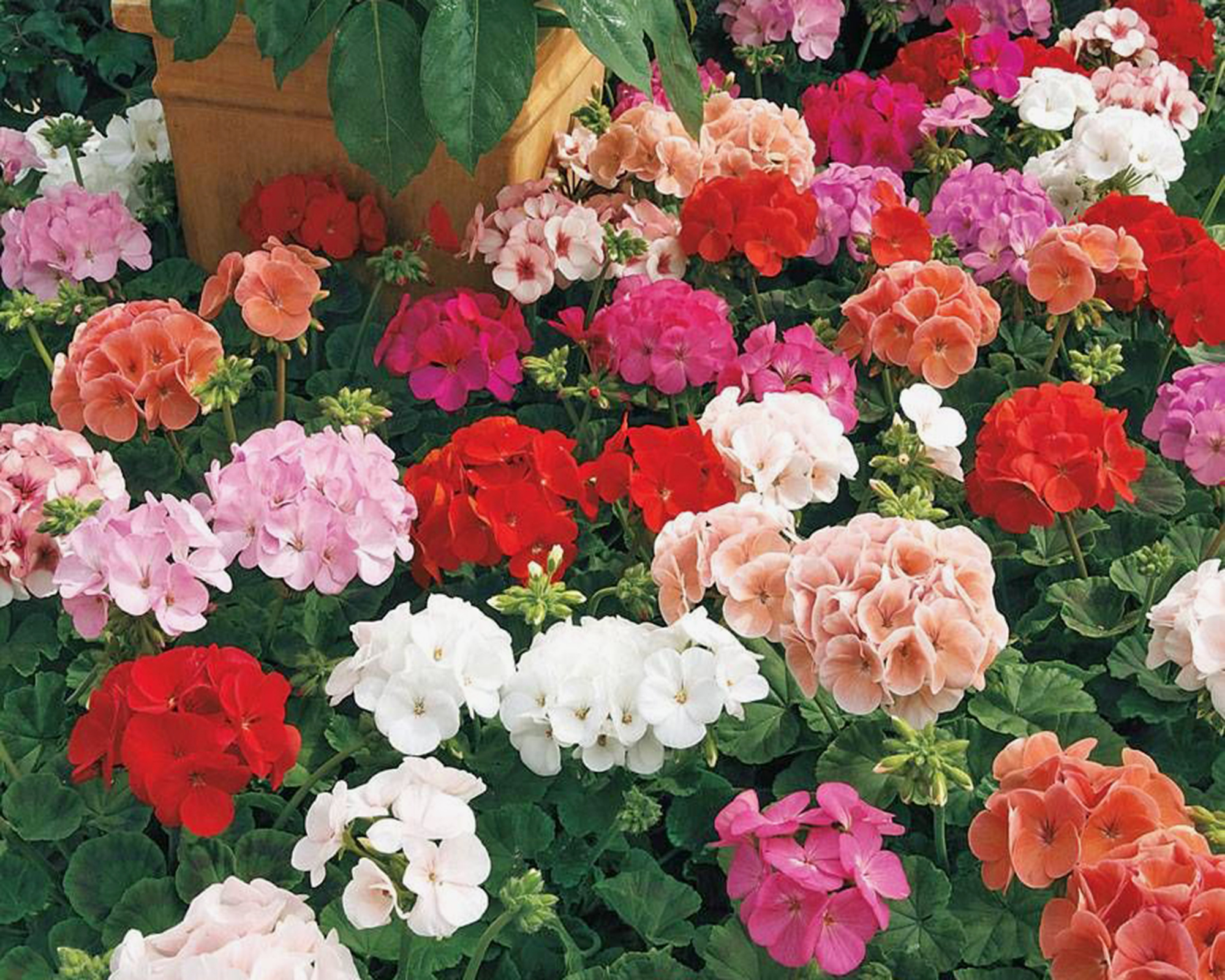
Geraniums (technically pelargoniums) are a favorite for their bright clusters of blooms and attractive foliage. If you’re hoping to enjoy these cheerful flowers by late spring, consider starting seeds indoors in January.
There are endless colors and varieties to choose from, but these Maverick Mix Geraniums, available in the Gardening Know How Shop, are real allrounders, ranging from snow white and salmon pink to super-bright orange or rich scarlet.
Gardeners in USDA Zones 9 through 11 can often grow geraniums as perennials outside, while in cooler areas they are usually treated as annuals. Either way, beginning the process early will give your seedlings a strong head start.
First, fill seed trays with a light potting mix and place the seeds on top, gently covering them with a thin layer of soil. Keep the trays in a warm spot – around 70°F (21°C) is ideal – and make sure they get good light.
It typically takes one to two weeks for the first signs of life to appear. From there, plan on letting them grow indoors for about 8 to 10 weeks before introducing them to your garden or outdoor containers.
Geraniums aren’t picky about soil type, but they do love sunny conditions and moderate watering. Once established, they’ll bloom reliably and offer an eye-catching display for much of the season.
4. Snapdragons
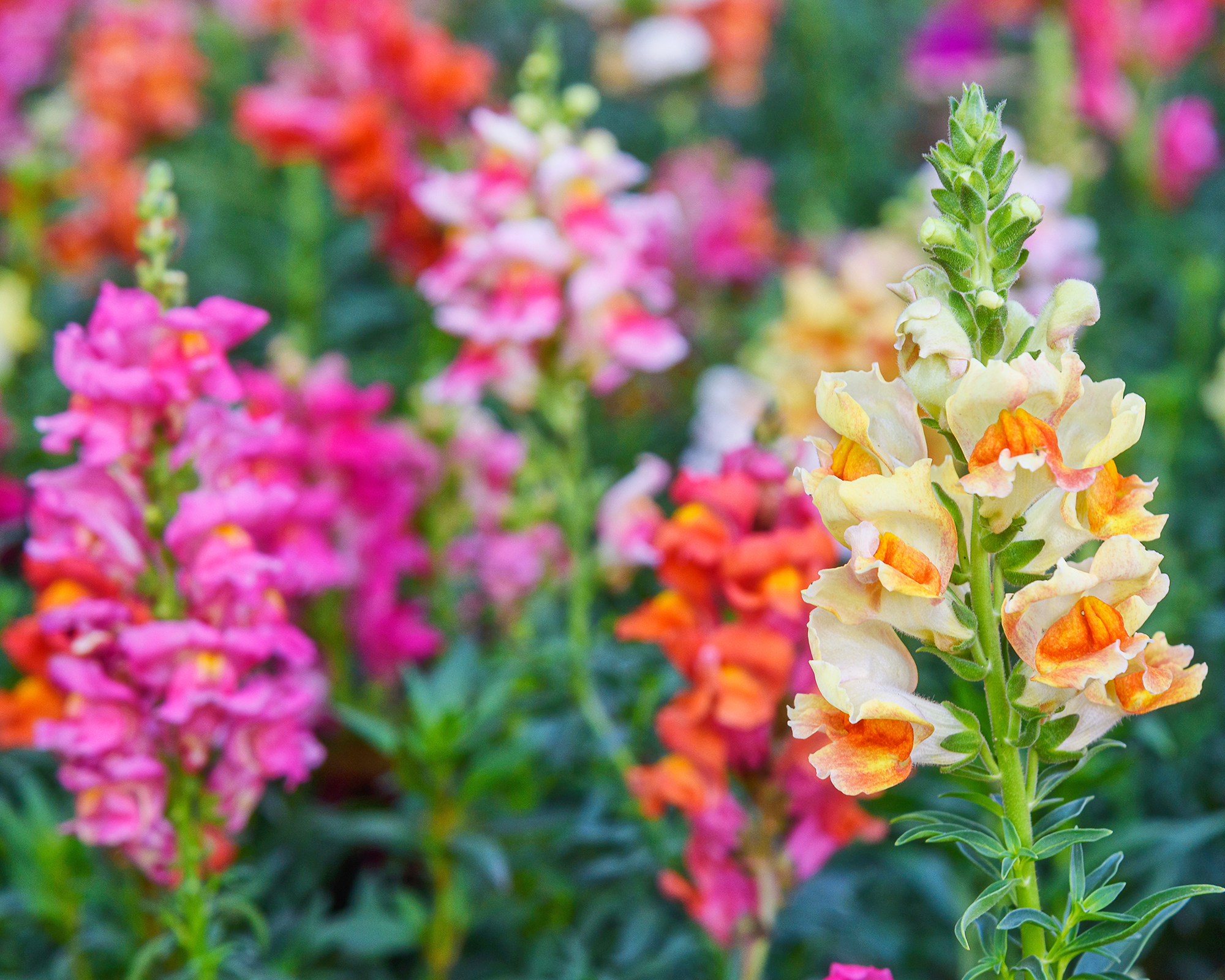
Snapdragons bring beauty and fun to the garden, with their tall, colorful spikes and fun “dragon’s mouth” blooms that kids love to gently pinch open. They’re a cheerful addition to any flower bed and look especially charming in borders or containers.
The flowers are short-lived perennials in USDA Zones 7 through 10, though gardeners in cooler areas can still enjoy them as annuals. Sow their seeds indoors in January if you want an early splash of color in spring.
Because the seeds are quite tiny, all you need is a light layer of seed-starting mix on top and a gentle misting of water. Keep them in a warm spot and make sure they get ample light from a sunny windowsill or grow lights. In most cases, you’ll spot little seedlings within a week or two.
Plan on growing them indoors for about six to eight weeks before gradually introducing them to outdoor conditions.
5. Coneflowers
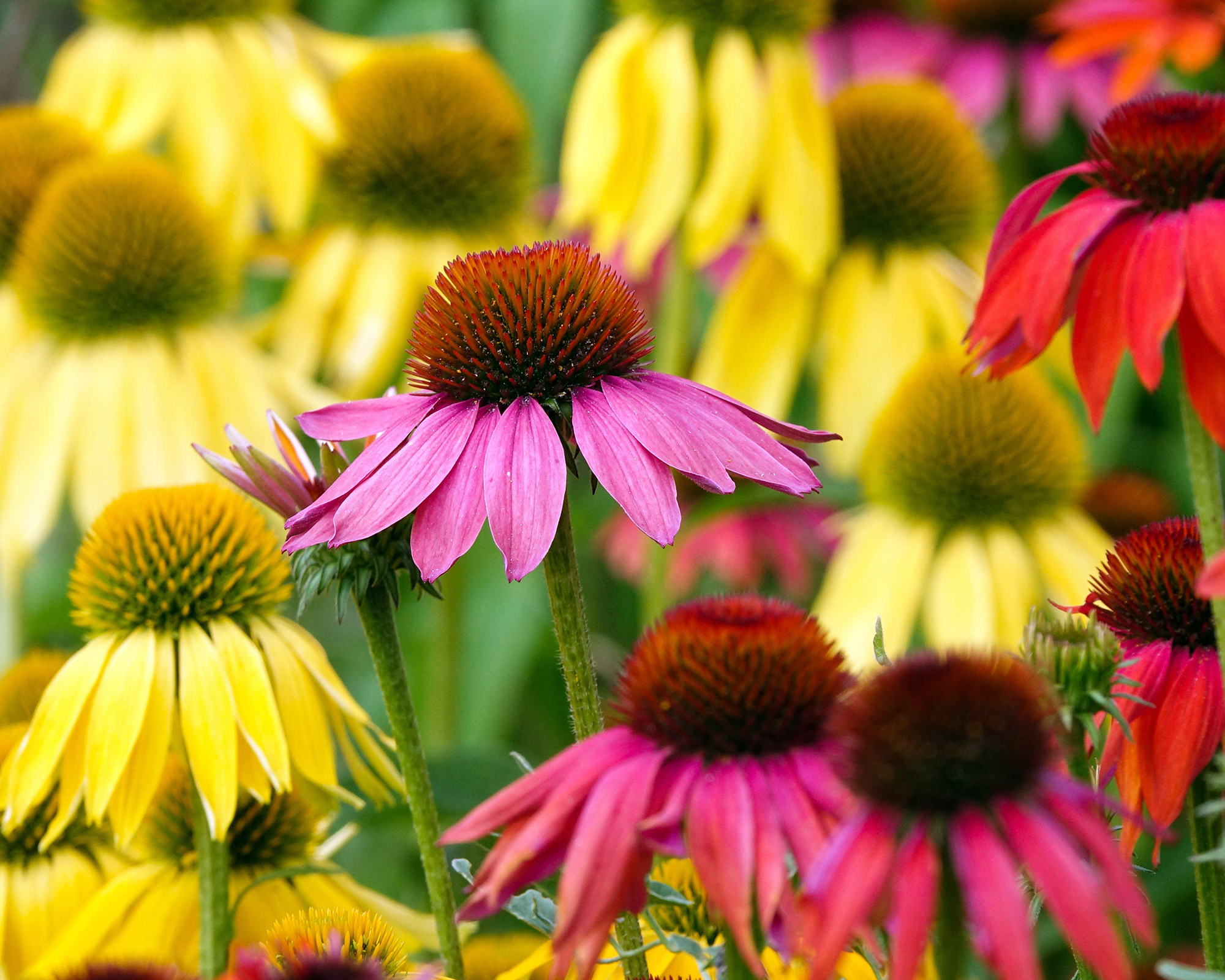
Starting coneflowers – or Echinacea – from seed in January will give you a chance to add a splash of color and pollinator-magnet blooms to your garden this summer. However, they may not flower until next year.
Coneflowers are known for their tall stems and daisy-like blooms that come in pink, purple, white, and even vibrant oranges, reds, and yellows – such as the flowers in this Cheyenne Spirit Coneflower mix, available in the Gardening Know How Shop.
If you live in USDA zones 3 through 9, these hardy perennials can handle cold winters, but an early indoor start might be best if you want stronger seedlings come spring.
Begin with seed trays filled with a well-draining mix, placing seeds about a quarter-inch deep. Keep them evenly moist and warm, and once your seedlings are a few inches tall and nighttime temperatures are above freezing, you can move them to the garden.
Coneflowers aren’t fussy about soil, but they do love a sunny spot. With a little patience, you’ll have a garden full of bright blooms that attract bees, butterflies, and even hummingbirds. Plus, they’ll likely come back year after year, making them a long-term investment in your garden.
6. Poppies
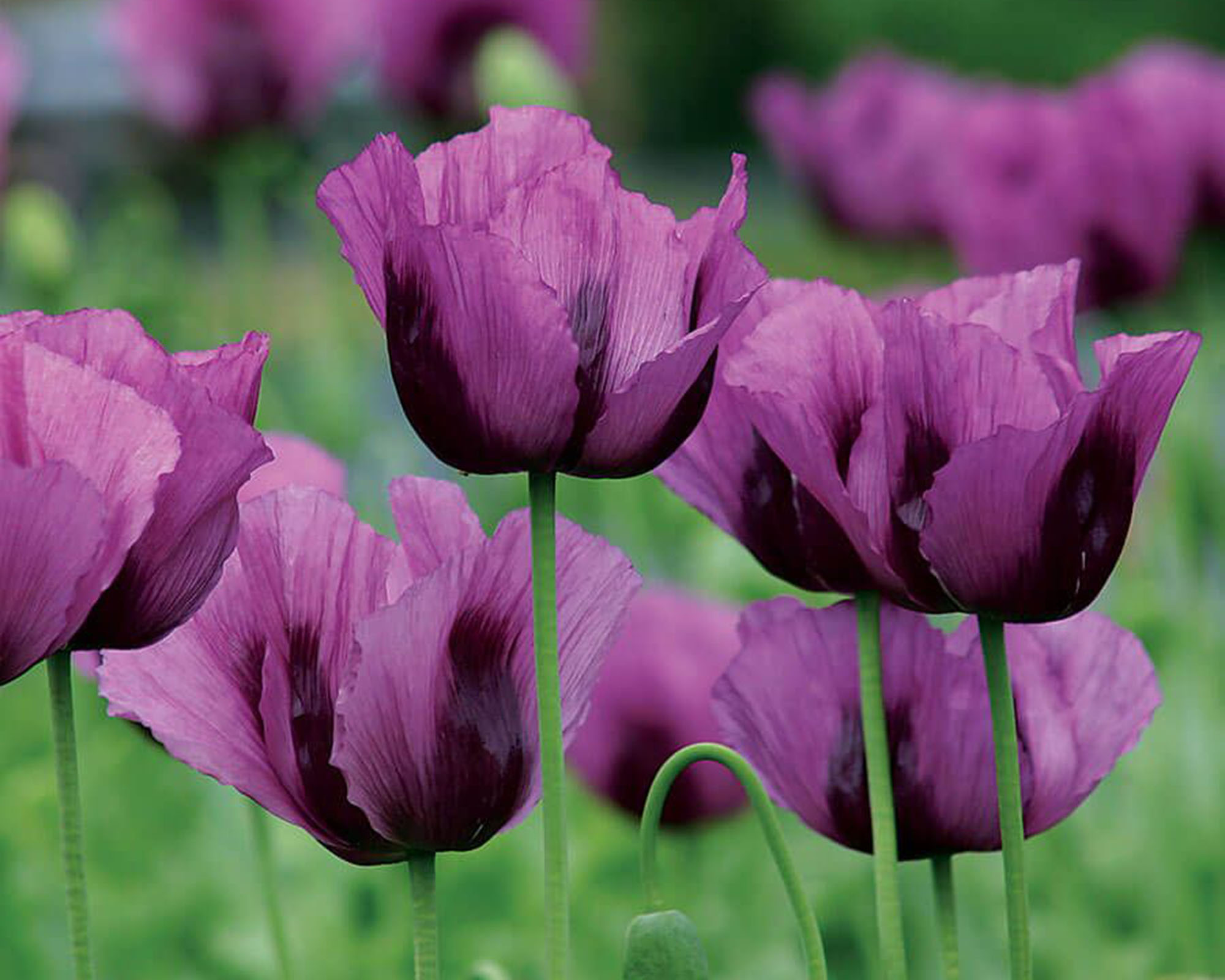
Loved for their silky petals and distinctive centers, poppies add a sunny pop of color to gardens. Many gardeners also appreciate their interesting seed pods, which can be just as eye-catching once the blooms have faded.
There are endless varieties to choose from, including these stunning Hungarian blue poppies, available in the Gardening Know How Shop.
If you’d like to get a head start on growing them, January is a good time to begin, especially if you live in a colder region. Those in USDA Zones 3 through 7 often have luck starting seeds indoors, while milder climates sometimes allow for direct sowing.
For an indoor start, sprinkle poppy seeds on the surface of a well-draining seed mix, since they need light to germinate. Mist them gently so they stay moist without becoming waterlogged. They usually take around two to three weeks to sprout. Once you see little seedlings, keep them in a spot with good light and cool air, if possible, since poppies don’t like it too warm. After your last frost date, you can gradually move the seedlings outside.
7. Begonias
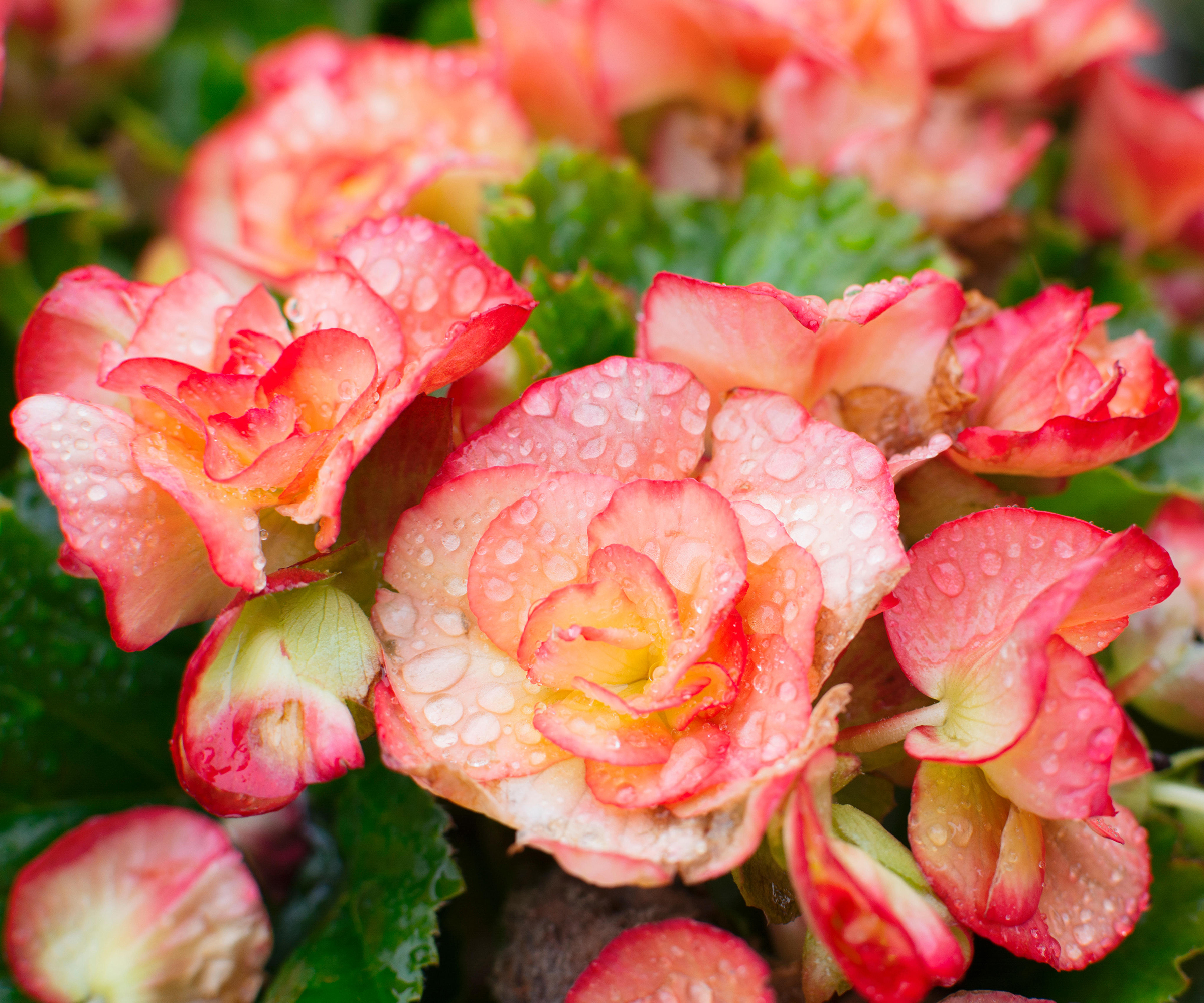
Begonias bring such charm to the garden with their showy blooms and, in some cases, striking foliage.
Gardeners in USDA Zones 9 through 11 can often grow them outdoors year-round, but for colder regions, it’s a good idea to begin indoors while temperatures are still low. That way, when spring arrives, you’ll have well-developed seedlings ready to plant out in pots or flower beds.
When you’re sowing seeds, keep in mind that begonia seeds are tiny, so use a fine potting mix and gently sprinkle them on top. They need light to germinate, so avoid covering them with soil. Once they’re settled, keep things moist and place the trays in a warm spot. You might start seeing little sprouts in about two weeks. After they develop a few leaves and the weather starts to warm, gradually move them outdoors.
Begonias thrive in partial shade with moderate watering, and their flowers can last for months, providing color and interest throughout the warmer seasons.
8. Delphiniums
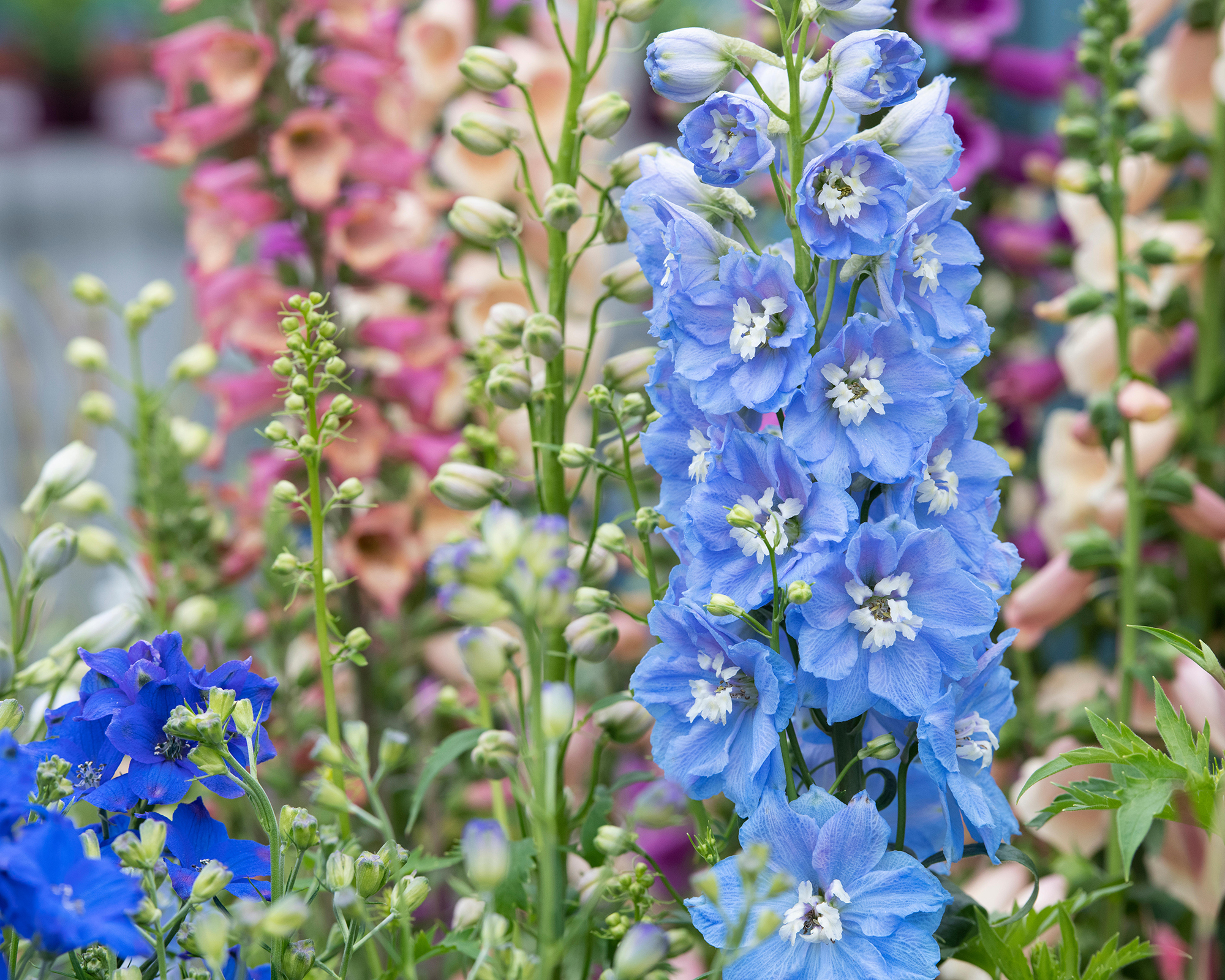
Delphiniums are prized for their dramatic yet graceful spires of blooms. There are many stunning varieties to choose from, but Magic Fountain Mix Delphiniums, available in the Gardening Know How Shop, offer a feast for the eyes with a range of hues including pink, blue, lavender, lilac, and white.
If you’re eager to enjoy those eye-catching flowers in early summer, then starting seeds indoors in January will give you a good chance.
These perennials thrive in USDA Zones 3 through 7, though warmer climates might require some afternoon shade. By sowing them early, you give the plants plenty of time to mature before planting them out when the ground warms up.
To begin, fill seed trays with a well-draining, soilless potting mix. Then, gently press the seeds into the surface. Keep them in a spot that stays around 60 to 65°F (15 to 18°C), and be sure to mist them regularly so they don’t dry out. It often takes two or three weeks to see the first signs of life. Once the seedlings have developed a few leaves, you can gradually move them to bigger pots. After the last frost date in spring, introduce them to your garden beds.
More Growing Inspiration
- Kickstart your growing year with the 7 best vegetables to plant in January – and soon you'll be harvesting delicious organic crops.
- Set your New Year growing resolutions with inspiration to make the most of your garden this year.
- Try these 7 small flower bed ideas and fill compact corners with the biggest, most impactful blooms.
- Browse seed-starting essentials in the Gardening Know How Shop – from must-have varieties to growing kits and accessories.
This article features products available from third party vendors on the Gardening Know How Shop.

Melanie is an experienced gardener and has worked in homes and gardens media for over 20 years. She previously served as Editor on Period Living magazine, and worked for Homes & Gardens, Gardening Etc, Real Homes, and Homebuilding & Renovating. Melanie has spent the last few years transforming her own garden, which is constantly evolving as a work in progress. She is also a passionate organic home grower, having experimented with almost every type of vegetable at some point. In her home, Melanie tends to an extensive houseplant collection and is particularly fond of orchids.
